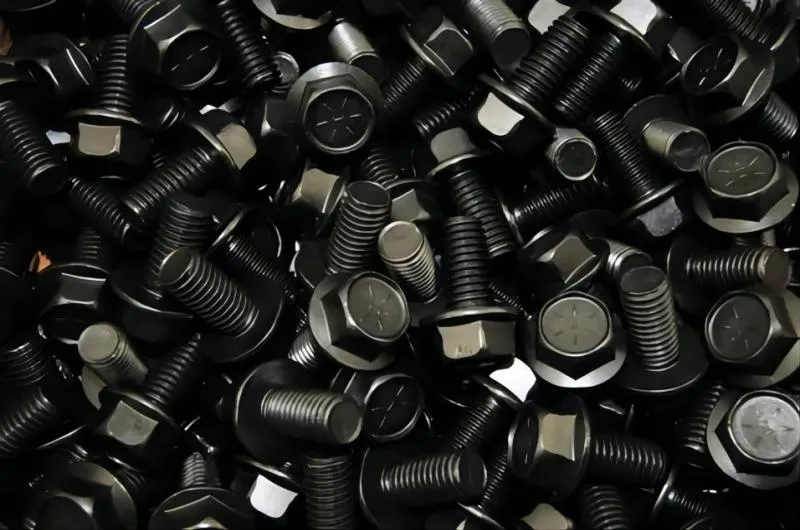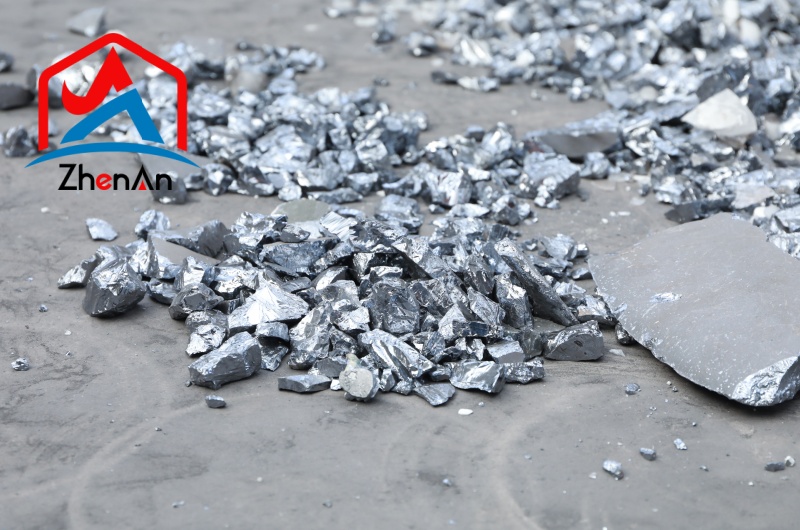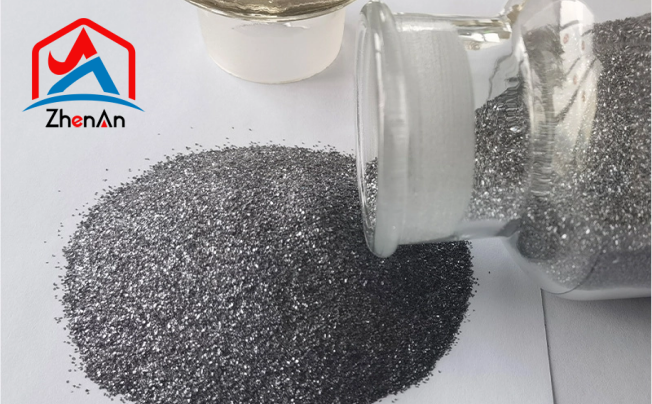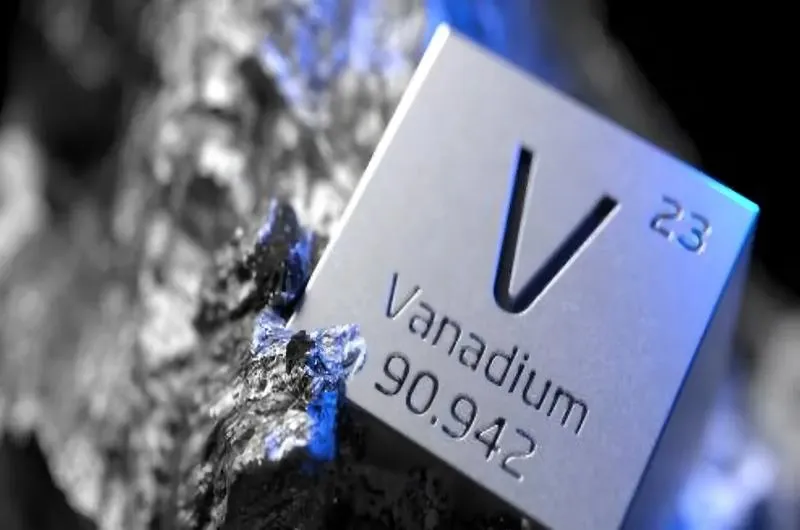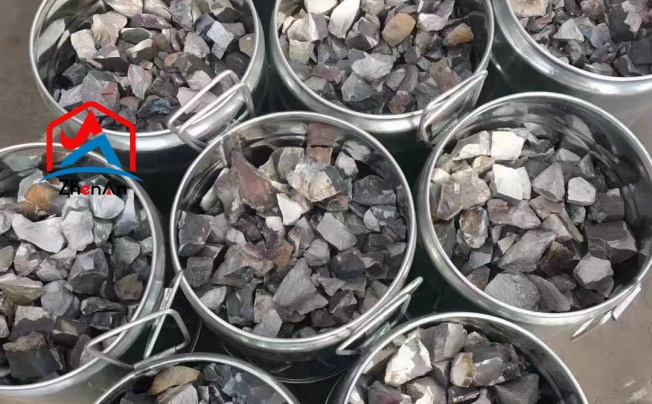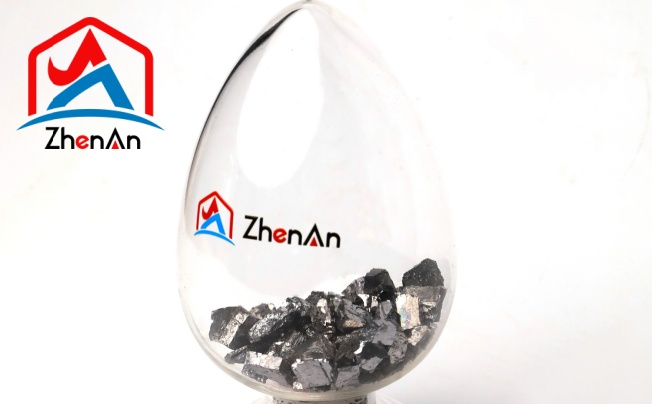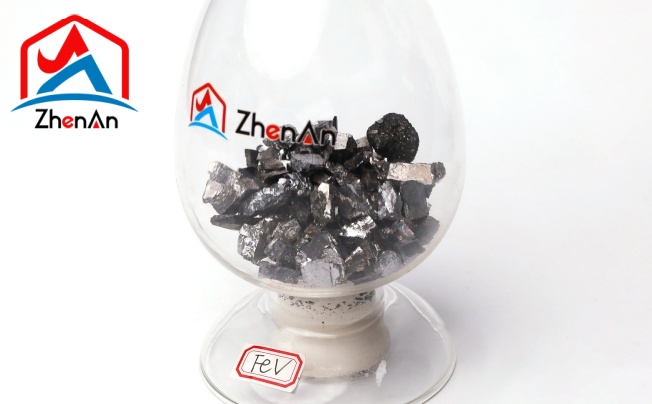BY  GENN
GENN
2024/05
Blog
What Does Manganese Do For Carbon Steel?
Role of Manganese in Carbon Steel
Enhancing Strength and Toughness
Manganese plays a crucial role in enhancing the strength and toughness of carbon steel. As a solid solution strengthener, manganese atoms are incorporated into the crystal lattice of iron, effectively increasing its resistance to deformation and improving its mechanical properties. By forming a solid solution with iron, manganese atoms impede dislocation motion within the crystal structure, making it more difficult for defects or cracks to propagate through the material.
Moreover, manganese promotes the formation of fine-grained microstructures through grain refinement. During the solidification process, manganese combines with sulphur to form manganese sulfides. These sulfides act as nucleation sites for small grains to form, resulting in a refined microstructure with reduced grain size. This refinement strengthens the steel by providing more grain boundaries that hinder dislocation movement and improve resistance against deformation.
In addition to strengthening carbon steel, manganese also contributes to enhanced toughness by increasing its resistance to impact loading. The combination of a refined microstructure and increased strength allows carbon steel containing manganese to absorb more energy before experiencing fracture or failure. This is particularly important in applications where high-impact forces or dynamic loads are anticipated.
Improving Hardenability
Manganese significantly influences the hardenability of carbon steel, which refers to its ability to be hardened through heat treatment processes such as quenching and tempering. The critical cooling rate required for martensite formation—the hardest phase in steel—is influenced by manganese content. By increasing the critical cooling rate, manganese facilitates rapid transformation from austenite (the high-temperature phase) to martensite during quenching. Martensite is characterized by its high hardness due to its distorted crystal structure formed during rapid cooling. This improved hardenability enables carbon steels with higher manganese content to achieve greater hardness after heat treatment processes.
Furthermore, manganese aids in facilitating the formation of harder phases during heat treatment. It forms various complexes with other alloying elements like chromium and molybdenum, within the steel matrix, promoting their precipitation as carbides or nitrides during cooling cycles. These precipitates contribute further hardness improvements in carbon steels.
Promoting Workability and Ductility
Manganese has notable benefits when it comes to promoting workability and ductility—the ability of a material to be shaped without breaking or cracking—of carbon steels. Firstly, it reduces hot cracking susceptibility during casting or forging processes by binding with sulfur present in molten metal as manganese sulfide particles.
These particles act as low-melting-point constituents that form liquid films at grain boundaries under elevated temperatures. As a result, they improve liquid metal feeding and decrease localized stress concentrations that could lead to hot cracking.
Additionally, increased workability is achieved due to reduced tool wear when machining steels containing adequate amounts of manganese. Manganese forms soft oxide layers on tool surfaces instead of causing abrasive wear like other elements such as sulfur or phosphorus might induce at higher levels.
Moreover, Manganese enhances ductility by reducing brittleness at low temperatures. Adequate amounts promote better resilience against brittle fracture under cold conditions. It lowers transition temperature where materials shift from ductile behavior towards brittle behavior. Manganese achieves this effect by altering crystal lattice parameters, reducing stacking fault energies,and impeding dislocation movement. Overall, manganese plays an essential role not only in enhancing strength, toughness, and hardenability but also in in promoting workability,ductility,and low-temperature performance of carbon steels.
Impact of Excessive Manganese Content
Reduced Toughness due to Excessive Grain Growth
Excessive manganese content in carbon steel can lead to detrimental effects on its toughness, primarily due to the formation of coarse grains within the microstructure. As manganese atoms gather in excessive amounts, they can promote abnormal grain growth during solidification and cooling processes.
These large grains are inherently weaker and more susceptible to fracture under stress, compromising the overall toughness and impact resistance of the steel. This reduction in toughness can be particularly concerning in applications where the steel is subjected to dynamic loading conditions or sudden impacts.
Increased Brittleness at Low Temperatures
Another significant negative consequence of an overabundance of manganese in carbon steel is the potential for increased brittleness at low temperatures. High levels of manganese can alter the crystal structure and phase transformations within the steel, leading to a shift towards more brittle phases, such as martensite or bainite, especially under cold conditions. This heightened brittleness can result in catastrophic failures or cracking when the steel is exposed to low temperatures or sudden temperature changes.
Industries relying on carbon steel components operating in cold environments must be cautious about controlling manganese levels to avoid this undesirable brittleness. While manganese plays a crucial role in enhancing various mechanical properties of carbon steel, including strength and hardenability, an excess of this alloying element can have adverse effects on its performance characteristics.
It is essential for engineers and metallurgists working with carbon steel to carefully monitor and control manganese content during production processes to prevent issues like reduced toughness due to excessive grain growth and increased brittleness at low temperatures. By maintaining optimal levels of manganese within carbon steel compositions, manufacturers can ensure that their products exhibit superior mechanical properties and resistance to failure across a wide range of operating conditions.
Manganese Alloys Used in Carbon Steel Production
Common Manganese Alloys Used in Carbon Steel Production
Manganese plays a crucial role in the production of carbon steel, and its effectiveness is further enhanced when combined with specific alloys tailored for different applications. Commonly used manganese alloys in carbon steel production include ferro-manganese, silico-manganese, and high-carbon ferro-manganese alloys. These alloys are carefully formulated to optimize the beneficial effects of manganese on the properties of carbon steel while addressing specific requirements such as strength, ductility, and corrosion resistance.
Ferro-Manganese Alloys: Enhancing Strength and Toughness
Ferro-manganese alloys, composed of iron and high levels of manganese, are widely employed in carbon steel production to enhance its strength and toughness. These alloys act as deoxidizers during steel making, reduce sulfur content, and promote the formation of fine-grained microstructures.
The addition of ferro-manganese results in improved hardenability, making the resulting carbon steel suitable for applications requiring high wear resistance and impact strength. With its ability to refine grain structure and enhance solid solution strengthening, ferro-manganese is a key component in producing high-quality carbon steels.
Silico-Manganese Alloys: Optimizing Workability and Ductility
Silico-manganese alloys combine silicon with manganese to improve the workability and ductility of carbon steel. By reducing hot cracking susceptibility during casting or forging processes, these alloys ensure better formability without compromising mechanical properties.
Silico-manganese also enhances machinability by reducing tool wear during cutting operations. The synergistic effect of silicon and manganese results in improved processability of carbon steel while maintaining its essential characteristics such as strength and corrosion resistance.




